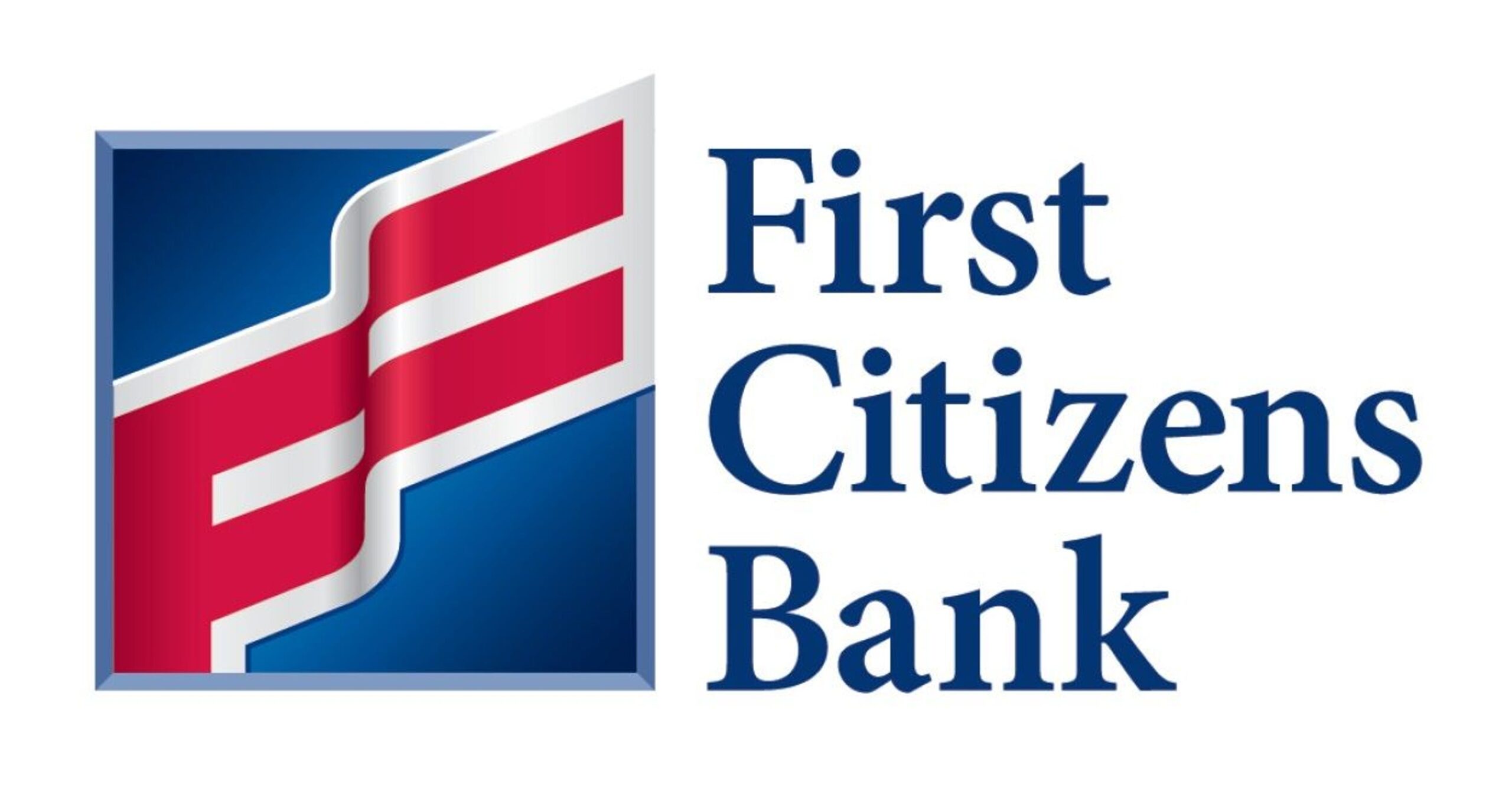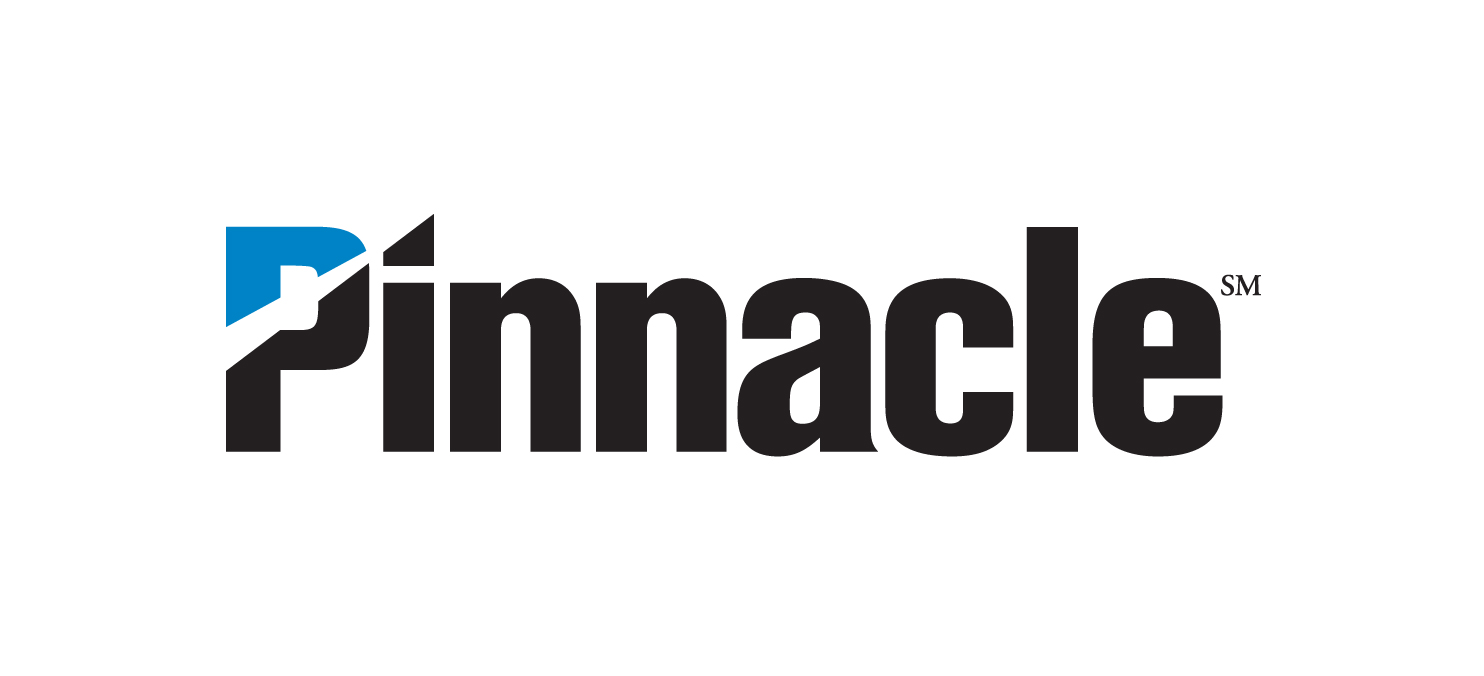Disruption creates opportunity
- January 10, 2019
- Posted by: Joe Milazzo II
- Category: Blog, Thursday thoughts at 3
The outstanding 2019 North Carolina Transportation Summit ended this afternoon. Presented by the NC Department of Transportation in concert with the statewide NC Go! organization, the inaugural, two-day event brought together around 1,000 transportation professionals and elected leaders from across the state to discuss how new technology is disrupting transportation today and the prospects for innovation in the future.
I applaud NCDOT and NC Go! for having the foresight to create this powerful statewide event, and for working over the past several months to bring it to reality. I spent most of the day yesterday at the Summit and I left the event impressed and energized about the focus that many of North Carolina’s leaders are placing on innovation and disruption.
The theme of this year’s Summit was “Moving from vision to reality at the speed of change.” While we have seen disruption before, the breadth and pace of change is remarkable, unprecedented, and frankly a little daunting. NCDOT Secretary of Transportation Jim Trogdon framed the discussion very nicely when speaking of smartphone growth – and even the introduction of the automobile – in terms of overall disruption to transportation and mobility.
Several speakers at the event (and elsewhere) have offered various perspectives and predictions for how quickly autonomous vehicles will penetrate the vehicle fleet. Presenters at the event highlighted the uses for drones, and even the opportunity for intercity passenger hyperloops.
One issue that we are all familiar with is the impact of growth on congestion – whether the vehicles are autonomous or not. RTA will be launching an initiative for our primary regional freeway corridor, Interstate 40, between Raleigh and Durham next week – look for more information in next week’s Thursday Thoughts at 3.
An overarching theme highlighted at the conference is the negative impact on transportation funding from changing technology. With the vehicle fleet becoming progressively more efficient, there is an increasing variance between travel usage, fuel consumption, and tax revenue across different vehicles – particularly with electrification.
Our state and nation will need to identify potential solutions. Turnpikes like the 540/Triangle Expressway and extension can and will be part of the answer. Other options have been proposed including vehicle-miles traveled (VMT) fees and additional increases to fuel taxes, although RTA is not currently focused on either of those pathways.
RTA has previously suggested a transition from the current user fee-focused approach (i.e., primarily motor fuel taxes), to more of an access fee-focused approach, where people pay a fee to access the transportation network. Initially it could be a hybrid or combined access- and user-fee based approach – and it turns out we already have the foundation of such a framework in place, with vehicle registration fees and driver’s license fees serving as the access fee basis. You can learn more about this approach and a potential transition to a more access fee-focused approach from our 2016 white paper.
It will take courage to deal with the uncertainty that innovation causes, and also courage to seek, discover and bring to life the opportunities that disruption can create. We will explore these themes in more detail two weeks from today at our 17th annual State of Mobility event. I look forward to seeing you there – please be sure to register here before we sell out.
Until next Thursday…
Joe
Joe Milazzo II, PE
RTA Executive Director
www.letsgetmoving.org
post reference: th3.2019.02























